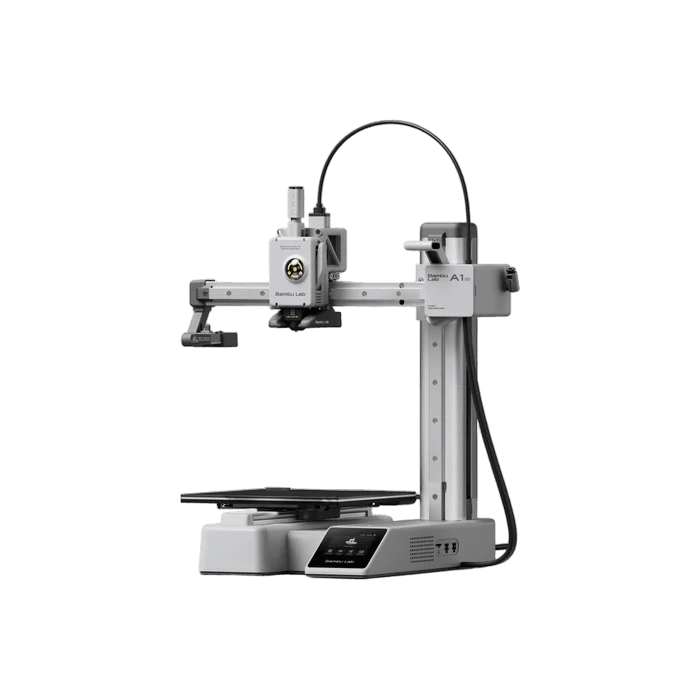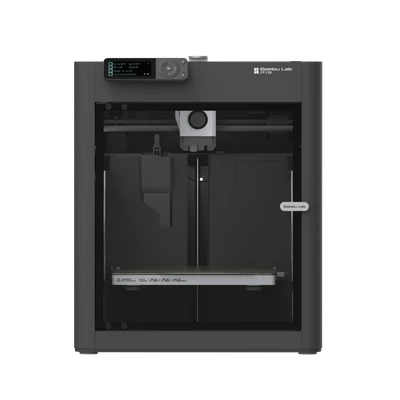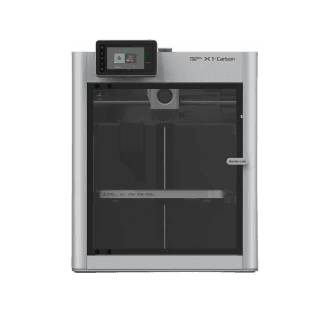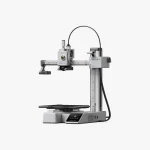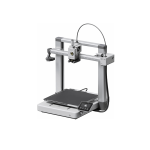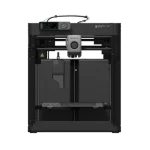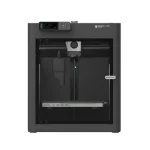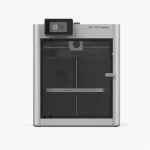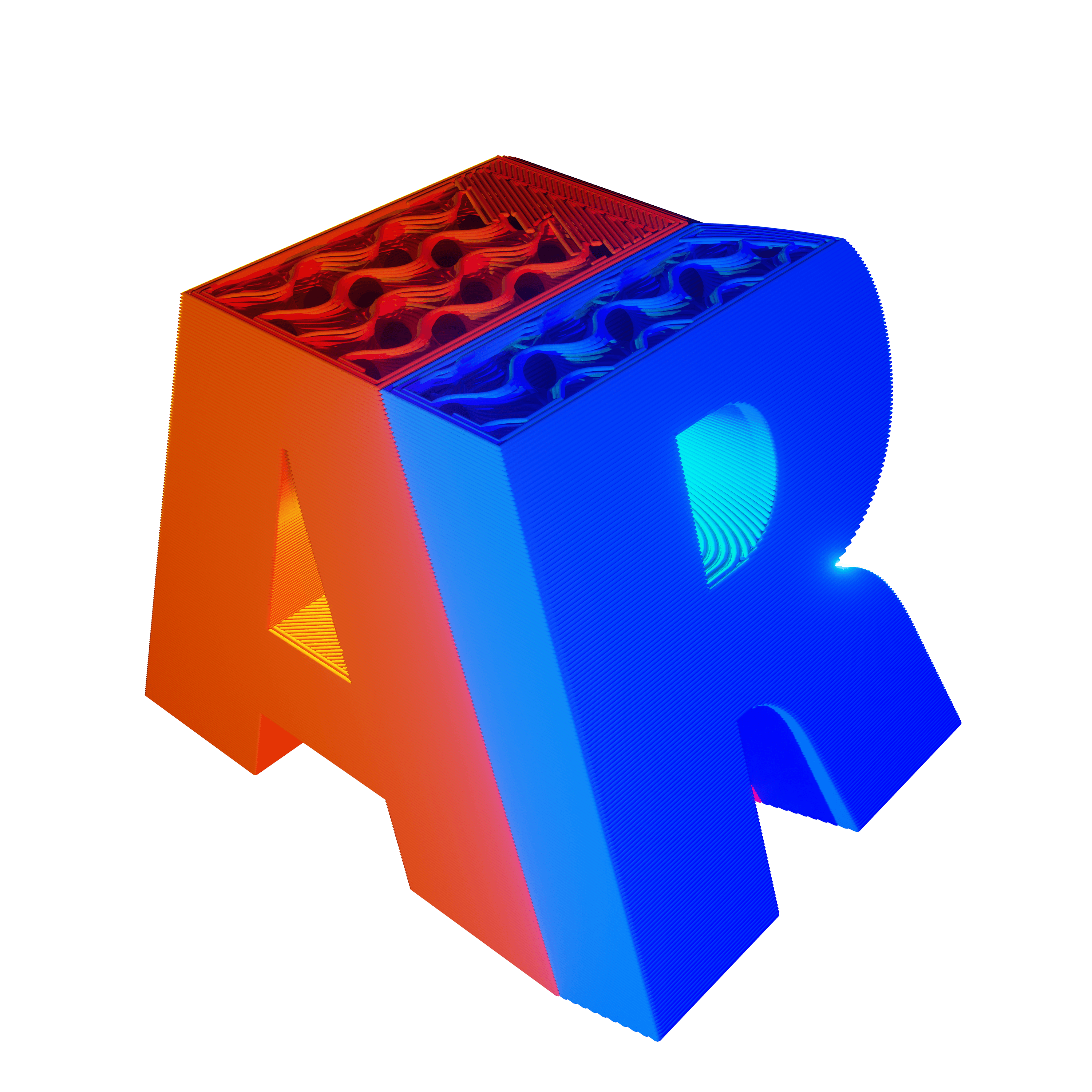In just a few years, Bambu Lab printers has revolutionized the 3D printing industry with their innovative high-speed CoreXY printers. By combining cutting-edge technology with user-friendly features, they’ve set new standards for what makers can expect from consumer 3D printers.
Table of Contents
Choosing a 3D printer can feel like a rabbit hole. Specs and features blur together. You stare at three nearly identical machines, wondering what the real differences are. It’s like picking between subtly different shades of gray. In this comprehensive guide, we’ll delve into the key features, pros, and cons of the X1 series, P1 series and A1 series, comparing their features, performance, and value propositions.
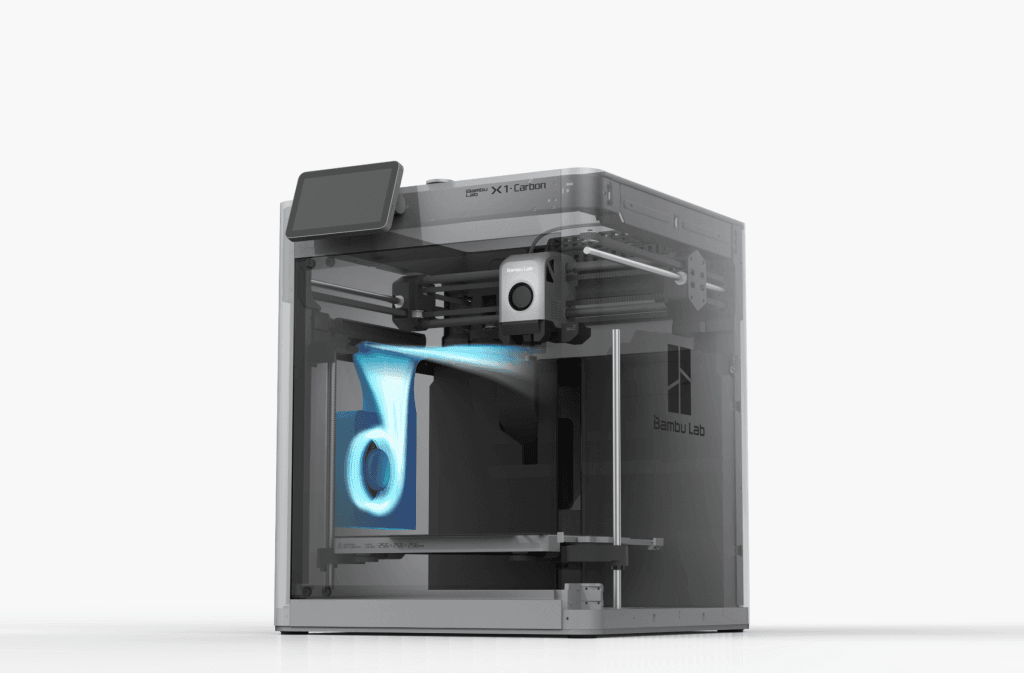
My Top Picks at a Glance
Maintains core high-speed capabilities
Simple setup and operation
Compact design
Open frame design
small build area
Same core printing technology as X1C
High quality prints at high speed
Low-rate resolution camera
No AI spaghetti detection
Self-checking for print errors
Supports engineering-grade filaments
Larger footprint
A1 Series Bambu Lab printers
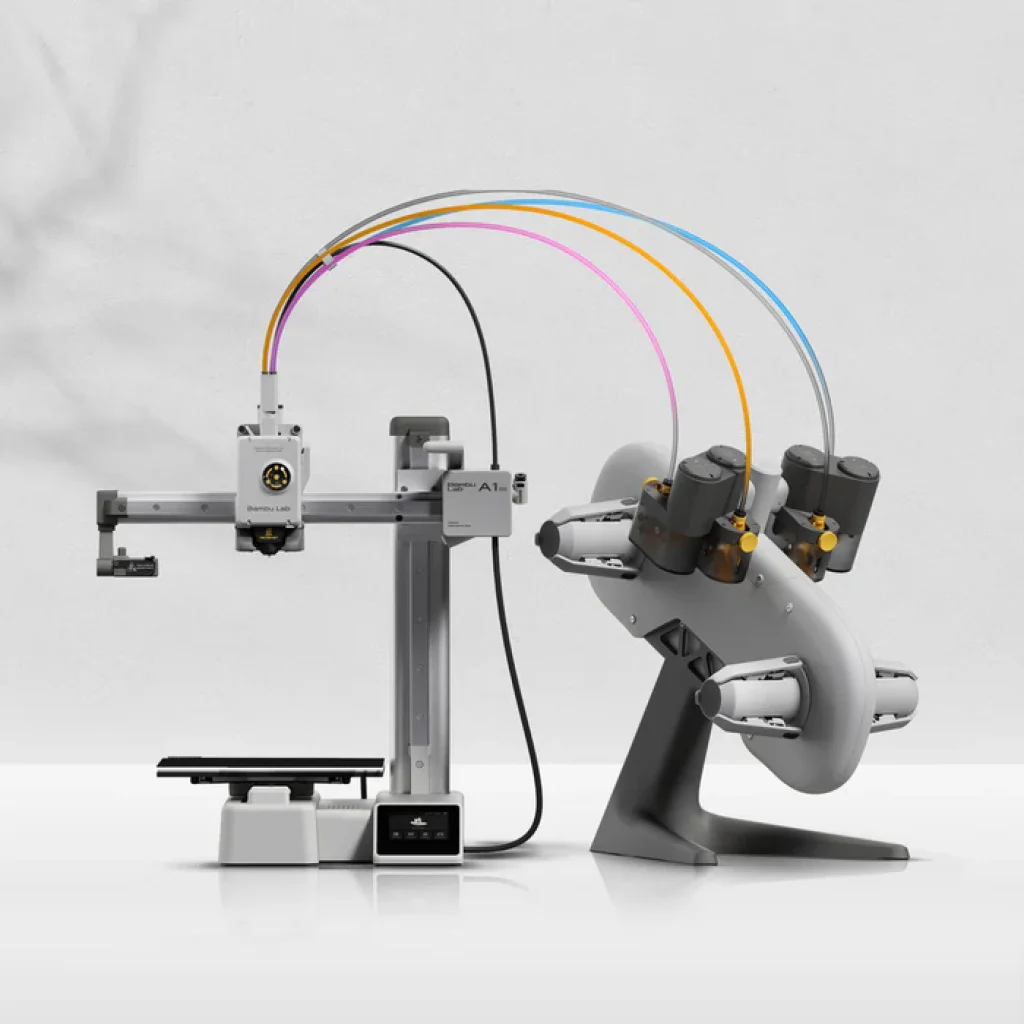
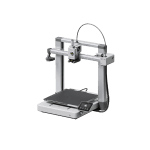
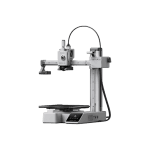
First, let’s acknowledge the elephant in the room, or rather, the slightly smaller elephant: the Bambu Lab A1. It’s a great entry-level printer, especially the Mini. But “bigger is better” often rings true with 3D printers. The standard A1, with its 256 mm cubed build volume, matches the P1P, P1S, and X1. The core XY mechanism of the latter offers slightly faster, more stable prints, but the difference is marginal. If basic PLA printing is all you need and budget is tight, the A1 might be your best bet. However, the A1 series only supports the AMS Lite, meaning filament is exposed to humidity, potentially degrading print quality. The P1 and X1 series use enclosed AMS units, protecting filament with desiccant. Multicolor printing enthusiasts take note: the X1 and P1 can handle up to four AMS units (16 colors!), while the A1 series is limited to a single AMS Lite.
P1 and X1 Series Bambu Lab printers
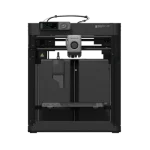
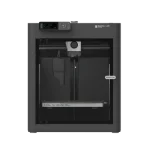
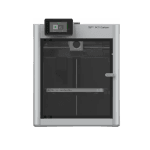
Now, let’s compare the core XY trio. The P1S is the baseline: a sleek, enclosed printer with a plastic housing. The P1P is its stripped-down sibling. It’s functionally equivalent but looks unfinished, like a car with its panels removed. This bare-bones design keeps costs down, and you can 3D print your own custom enclosure. The X1 shares the P1S form factor but boasts an aluminum case. The enclosed designs of the P1S and X1 offer integrated part cooling and chamber temperature regulation, essential for printing with trickier materials like ABS, ASA, or polycarbonate. These materials are susceptible to temperature fluctuations, so a controlled environment is crucial.
Need to print these materials? Probably not, if you’re a casual user. But the X1 caters to even more demanding materials like reinforced plastics, thanks to its higher bed temperature and hardened steel nozzle (the P1 series uses stainless steel). Again, if these materials are on your radar, you likely already know what you’re doing.
The X1, Bambu Lab’s flagship, justifies its higher price with several extra features. All three printers have cameras for time-lapses, but the P1 series is limited to 720p, while the X1 offers 1080p. The X1 sports a full HD touchscreen interface, more intuitive than the P1 series’ monochrome display and buttons. While most users primarily control their printers via software, the X1’s interface simplifies on-device tasks like filament management, calibration, and maintenance.
Finally, the X1’s LiDAR. While its pressure advance capabilities are debatable, its first-layer defect detection is genuinely useful, saving prints from failing due to poor bed adhesion.
Conclusion
So, which printer is right for you? For casual fun, the A1 series is a cost-effective choice. The P1P is the sweet spot for price and performance. Unless you need a bare-bones machine for a specific use case, the P1S is worth the extra cost for its enclosure and future-proofing. The X1 is the ultimate, all-in-one solution for power users and those who value convenience. It’s the “have it and not need it” option, offering advanced capabilities even if you don’t currently require them. Choose the printer that aligns with your needs and budget, and remember, the best printer is the one you actually use.
BambuLab 3D printers specs comparison tool
- Overview
- Review
- Tehnical Specifications
- Electronics
- Hotend
- Extruder
- Printing Volume


